Iga Bajirak Kalguksu (이가바지락칼국수)
5.8Km 2021-03-29
460, Yangcheon-ro, Gangseo-gu, Seoul
+82-2-3661-2077
This is where you can eat Kalguksu (chopped noodle soup) with fresh clams. This Korean dishes restaurant is located in Gangseo-gu, Seoul. The most famous menu is noodle soup.
Youngone Corporation [Tax Refund Shop] (주식회사 영원무역)
5.8Km 2024-04-19
159, Mallijae-ro, Jung-gu, Seoul
-
JaneDMCKorea (주)제인디엠씨코리아)
5.8Km 2025-07-07
(4th Floor), 51 Mallijae-ro, Mapo-gu, Seoul
Jane DMC Korea is an inbound travel agency and international patient recruitment organization established in 2006. Headquartered in Seoul, with branch offices in Busan, Indonesia, and India, the company develops and sells programs for international clients in 40 countries while also attracting international patients.
Seoul Garden Hotel (베스트웨스턴 프리미어 서울가든호텔)
5.8Km 2021-05-07
58, Mapo-daero, Mapo-gu, Seoul
Seoul Garden Hotel is the only 4-star hotel in the Mapo area. Conveniently located near Yeouido’s business center and the shopping area of Itaewon, the hotel is a prime accommodation for business travelers as well as leisure guests. The hotel is between two subway stations on four different lines, including the Airport Railroad, making it easy to get to the hotel. Guests can be assured of quality of accommodations at reasonable rates. The hotel includes restaurants, banquet halls, a business center, a fitness center, and more.
Mapo Yangji Seolleongtang (마포양지설렁탕)
5.8Km 2024-02-22
6 Saechang-ro, Mapo-gu, Seoul
Mapo Yangji Seolleongtang, opened its doors in 1977. The distinctive feature of this seolleongtang (ox bone soup) establishment is its clear broth with minimal meat odor, showcasing the rich flavor of deeply boiled beef bones and the sweetness of beef brisket. Served in a hot pot, it is accompanied by freshly cooked rice and hot soup. In addition to the signature dish, they also offer variations like naejangtang (offal soup), kkoritang (oxtail soup), joktang (ox feet soup) and doganitang (ox knee soup).
Olive Young - Gongdeok Station Branch [Tax Refund Shop] (올리브영 공덕역)
5.8Km 2024-04-16
1F, 199, Baekbeom-ro, Mapo-gu, Seoul
-
Chungdong First Methodist Church (서울 정동교회)
5.8Km 2020-06-25
46, Jeongdong-gil, Jung-gu, Seoul
+82-2-753-0001
Chungdong Church, having being completed in 1897, was the first Christian church that was built after the spread of Protestantism in Korea. The church was founded in 1887 as a small worship house under the name Bethel by Henry Gerhard Appenzeller, an American missionary. As the number of followers increased, the building underwent construction and officially became a church in 1895. Chungdong Church is the only remaining church building from the 19th century. The church was expanded once more in 1926, changing its from a cross-shaped building to a square one. The expansion was made by adding walls using bricks as not to damage the original building structure. The architecture was built in a simplified version of an American gothic house with arched window frames.
Omokjip Sejong Center for the Performing Arts(오목집 세종문화회관)
5.8Km 2020-11-20
5-7 Saemunan-ro 5-gil Jongno-gu Seoul
+82-2-722-6882
It is a good store for office worker's group dinners. This restaurant's signature menu is braised pigs' feet. This Korean dishes restaurant is located in Jongno-gu, Seoul.
yo:b(욥)
5.8Km 2020-12-08
3 Dangsan-ro 44-gil Yeongdeungpo-gu Seoul
+82-2-2675-1232
You can enjoy a variety of homemade bread. The best menu at this restaurant is bread. This cafe is located in Yeongdeungpo-gu, Seoul.
CROME bakery(크롬베이커리)
5.8Km 2020-12-08
3 Dangsan-ro 44-gil Yeongdeungpo-gu Seoul
+82-2-2636-5703
It is a place where you can enjoy various kinds of cake. The best menu at this restaurant is egg tart. This cafe is located in Yeongdeungpo-gu, Seoul.
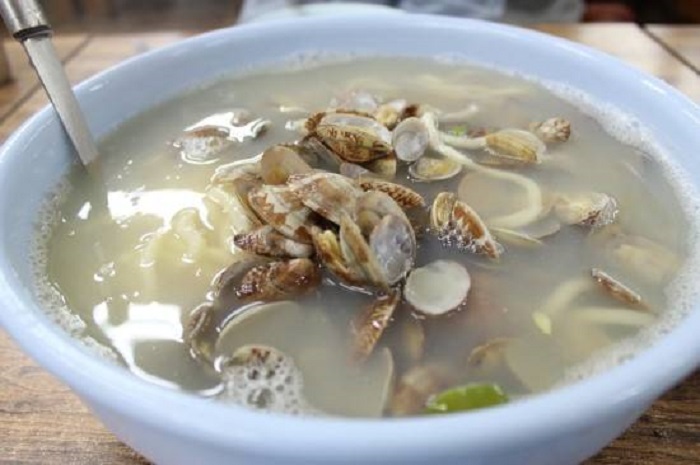

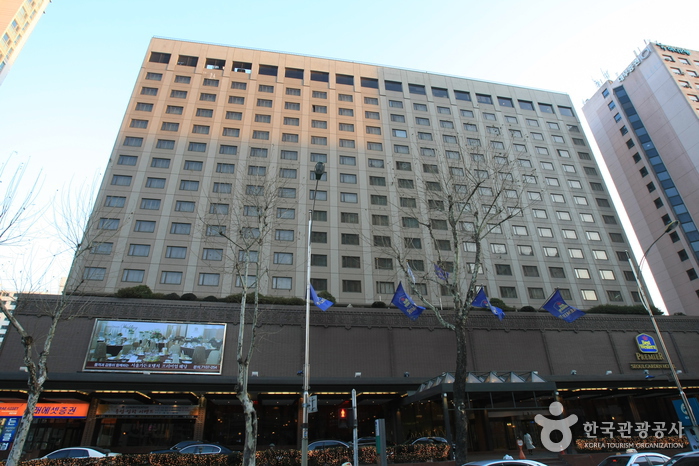
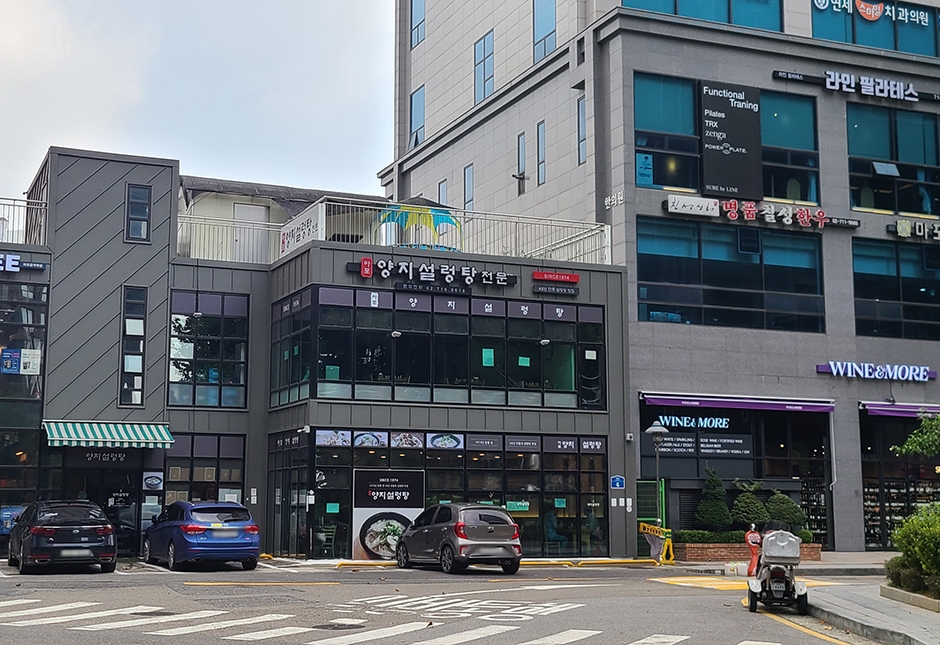
![Olive Young - Gongdeok Station Branch [Tax Refund Shop] (올리브영 공덕역)](http://tong.visitkorea.or.kr/cms/resource/78/2887978_image2_1.jpg)
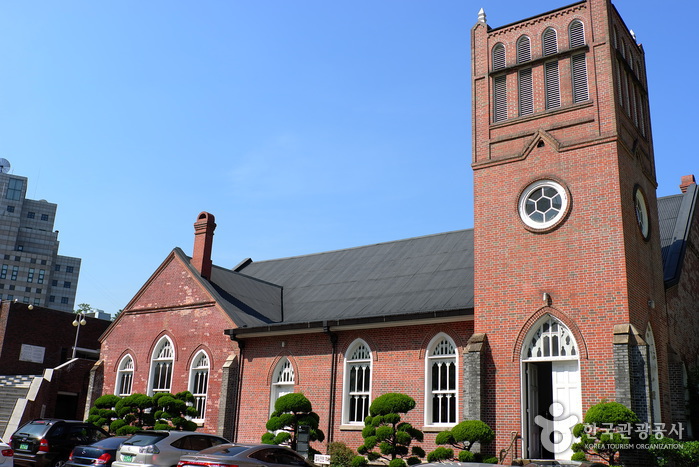
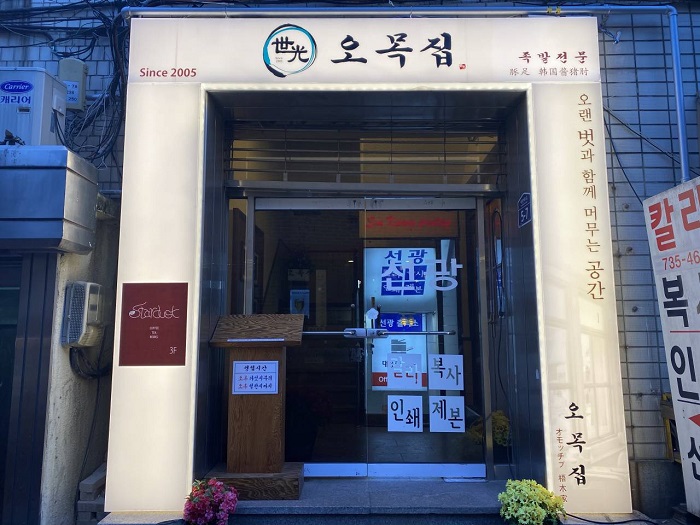
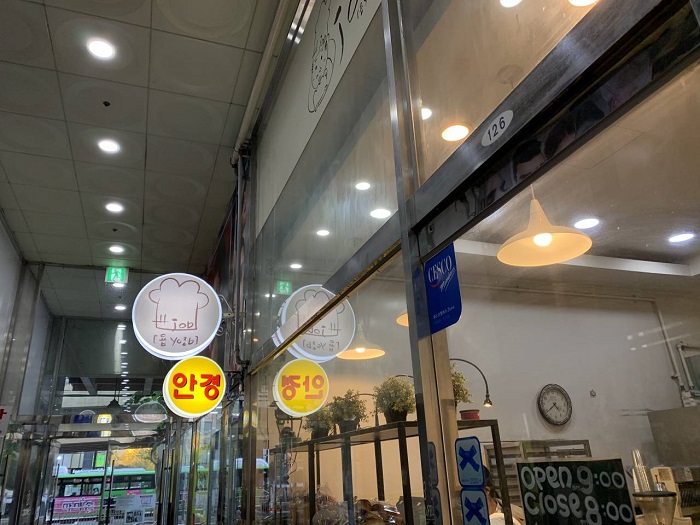
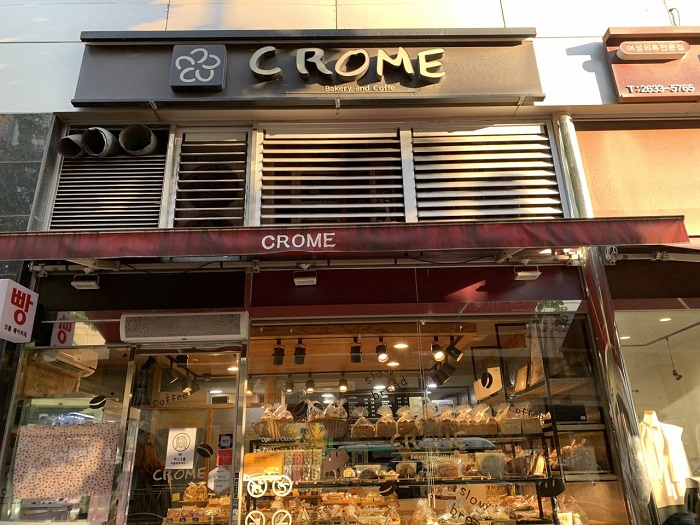
 English
English
 한국어
한국어 日本語
日本語 中文(简体)
中文(简体) Deutsch
Deutsch Français
Français Español
Español Русский
Русский